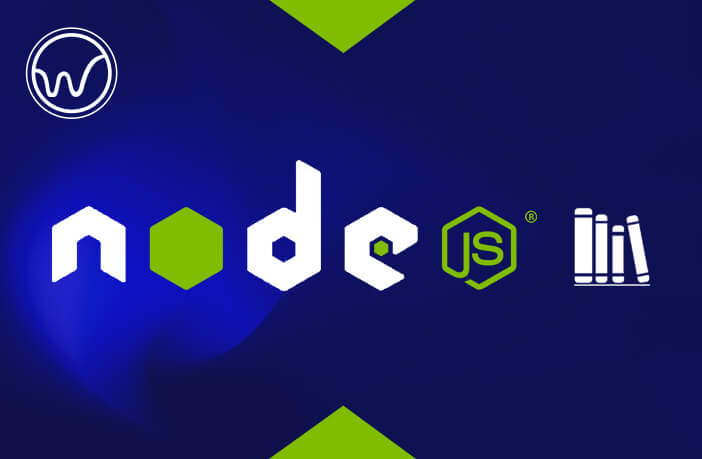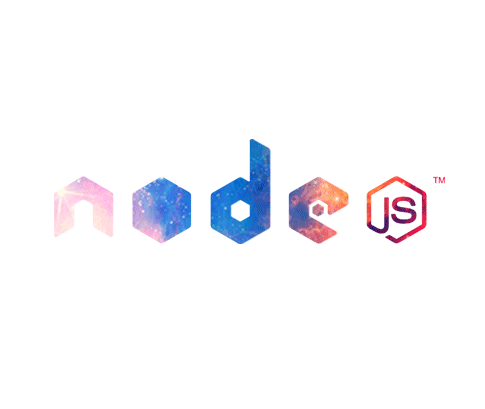10 Mantra of NodeJS Libraries in Twenty22

In twenty22, businesses are increasingly using web applications to improve user experiences. To meet this demand, developers are constantly testing different frameworks that provide advanced features for web application development. A Node.js user survey found that four out of five back-end and full-stack developers consider Node.js frameworks to be their preferred choice.
Node.js is a programming language created to run on Chrome’s JavaScript runtime, typically used for web applications. With a non-blocking, event-driven I/O model, Node.js packages become efficient and lightweight. It is excellent for real-time apps that run across multiple devices and handle a large amount of data. There have been many workflows that have been implemented using this programming language.
Based on developers’ popularity and usage, we present a list of the top 10 most popular Node.js frameworks. The chapter also explains when and why to use them to complete specific tasks during custom web application development.
Let’s bubble up like soda pop!
1. Async.js
Async.js reduces render-blocking JavaScript and speeds up web pages.
A website contains JavaScript files for coding interactions with the site. Your visitors will see these files on their screens when they access your site. If the code doesn’t load, your visitors won’t see anything. You can use Async.js to load JavaScript content faster alongside your other website content, improving performance.
2. Request
Apps can use Request to access external content using HTTP calls in a safe and dependable manner. Since it is straightforward and easy to use, HTTP requests within an app can be made easier with it. Application developers need to make HTTP requests since they often have to access external sources for data, like websites. They can also incorporate authentication methods using HTTP.
3. Browserify
The JavaScript libraries can sometimes pose a challenge with managing them. Web development professionals find Browserify useful for inspecting scripts running on libraries and widgets.
A node-based tool called Browserify helps developers create and organize client-side code. Client-side coding can be simplified using this tool. It can be structured systematically. With the tool, any developer who uses Node JS packages, libraries, or scripts will manage dependencies in various situations.
3. React
The React framework allows you to build UI interfaces using JavaScript. There are no delays and it is fast. This enables you to focus on the most important components of the interface. Also, React can be used with any technology stack and does not interfere with existing technologies. Developers who want to maintain their favorite ones will find it useful.
4. Grunt
A task runner like Grunt would automate your daily chores and preoccupations, wouldn’t it? Compiling, minifying, testing, and linting your code are just a few of the functions it can perform for you. Alternatively, you can create your own plugin if these features need to be enhanced or customized in a way that is more powerful than what already exists. By using this tool you can also publish Grunt-specific plugins through NPM.
5. PM2
Enterprise applications and enterprise infrastructure are developed with Node.js, the preferred framework for top developers. Process management is another feature offered by Node.js, which is essential during development. The PM2 feature also provides help with performance tweaks and allows you to manage production processes. PM2 will eliminate all downtime by simply relaunching your app.
6. UglifyJS2
Shortening and minifying your JavaScript files is tedious work undertaken by uglifyJS2. As a result, a web page performs better since it saves space that could otherwise be used for other purposes. Even milliseconds make a difference to performance. Using UglifyJS2 can improve performance significantly.
7. Bower.io
In order to build a modern website, using third-party libraries, tools, frameworks, and other JavaScript tools are crucial. These things can be challenging to manage which is why Bower is an excellent package manager. Bower manages the components of JavaScript, Cascading Style Sheets, HTML, fonts, and visual content.
Bower acts as a safety mechanism by segmenting all the Node.js packages used, checking for risks, and updating them as required.
8. JSHint
Massive codebases can also result in miscalculations, which require developers to spend a lot of time debugging. Static code analysis tools like JSHint make it easier to identify issues like syntax or leaking variables.
JSHint is a program that helps you identify JavaScript errors and bugs. The process of linting your programs can save you time by identifying potential errors before they result in problems. With JSHint, you can find out if your JavaScript code contains any errors before you publish. It provides suggestions for how to fix mistakes.
9. Morgan
In order for an app to be successful, HTTP requests are essential. Morgan is among the best libraries for Node developers and can track HTTP requests to provide insights into how your app is being used. In the Node.js community, it’s the safest HTTP logger and it will provide information about errors or issues with your application.
10. Significance of Node Package Manager (NPM)
The Node Package Manager simplifies sharing code between developers. Package manager in Node.js provides publishing, discovery, installation, and developing capabilities. When a dependency dispute occurs, NPM will move the package into the right place and handle it intelligently.



















